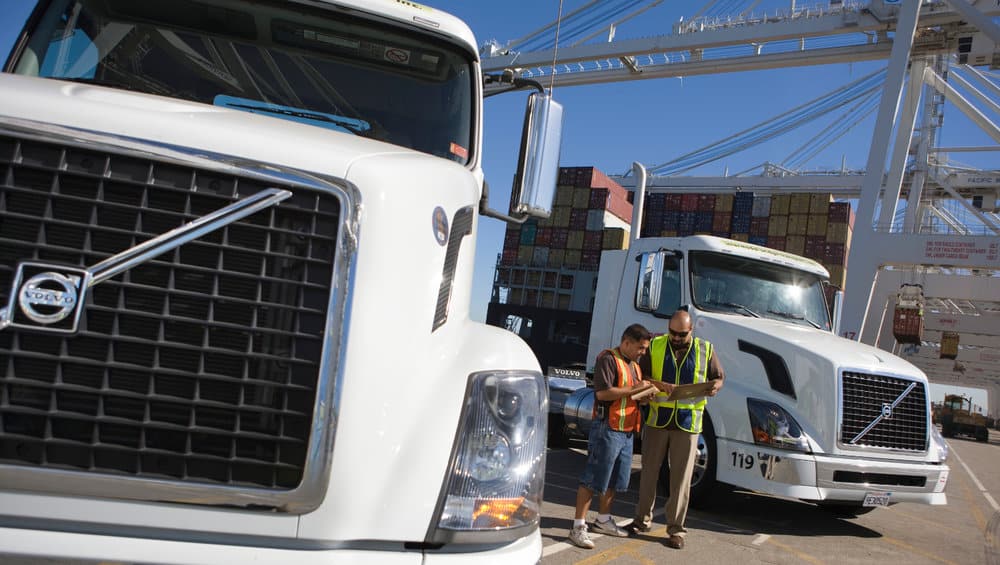
With the ELD mandate deadline fast approaching, much has been said and contested about the necessity of ELDs in the trucking industry. It is time to analyze the situation on ground zero, to perceive the impact of the mandate, right from the small, regional fleets to the national large fleet organizations across the country.
To objectively understand the situation, it is vital to look at the statistics of the trucking market. There are over 500,000 fleet companies in the United States with 15.5 million trucks on the road. The market is overwhelmingly tilted towards small businesses, with 80% of the trucking companies owning six or fewer trucks.
Kevin Hill, founder of CarrierLists, has been meticulously interviewing fleet owners over the last few months, trying to comprehend their readiness for the ELD mandate and their extent of compliance.
“We have been seeing the first uptick since early November, with compliance climbing to 75% over 361 interviews,” he says. “This brings the 3-week moving average up to 74%.”
Having interviewed 3,000 fleets for ELD compliance, Hill finds it apparent that a lot of small and mid-sized fleets are not willing to adapt to the change until the last moment. Though the ELD mandate would work to improve the hours-of-service compliance of truckers on the road, it could potentially reduce miles driven, which would decrease driver’s earning potential and fleet capacity.
“Fleets look like they are grossly underestimating the learning curve their drivers, dispatchers, and the entire company will face over the next few months,” adds Hill. “This scenario could hit productivity and miles per day in the first half of 2018, in a way that is much more than what people think.”
The chart that shows ELD compliance based on the carrier’s home state tells us a fascinating story. California and Texas, the two states with the most trucking companies, rank near the very bottom for compliance.
“Sheer numbers drive these figures,” says Andrew Lockwood from Kenco Group. “These states have the largest volume of ‘regional’ carriers in the country, and they have had slower implementation rates.”
In general, it can be seen that regional carriers lag behind the super-regional and nationwide carriers in ELD adoption, primarily because they stand to lose a lot more financially than the latter. In the last 3 weeks, the regional trucks show an average compliance of 59%, which is well below the nationwide carrier average of 80% in the latest results.
Most of the nationwide trucks are owned by larger companies, which can afford to sustain themselves with ELD – which is not necessarily true of smaller regional fleets. These fleets would be severely hit with the reduction in hours-of-service of their truckers, and some percentage of fleets are predicted to quit permanently with the mandate’s enforcement.
Overall, the ELD compliance is met with problems of training truckers, capacity reduction, potential loss of truckers to hours-of-service vetting, and educating shippers of the impact longer turnaround times for freight hauling have. The road ahead seems arduous, but there would be light at the end of the tunnel for fleets who take the mandate in stride and move on to manage their resources skillfully.
Stay up-to-date with the latest commentary and insights on FreightTech and the impact to the markets by subscribing.







